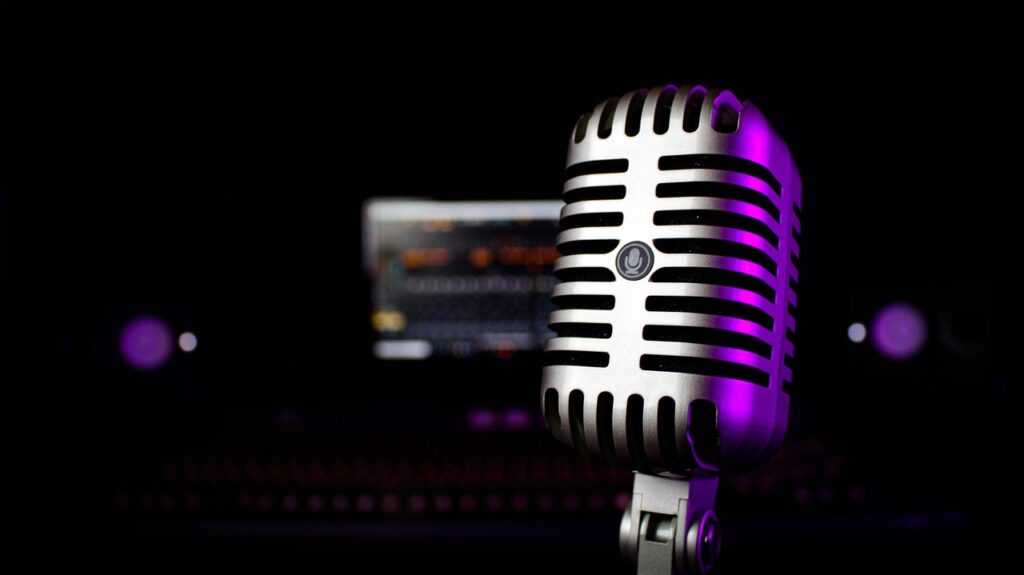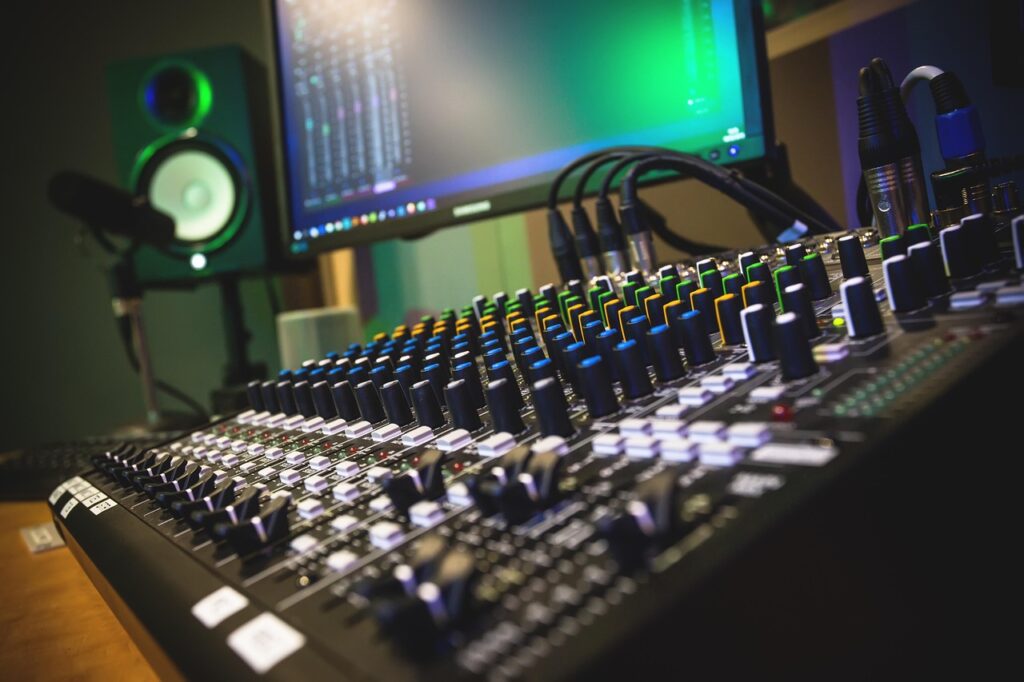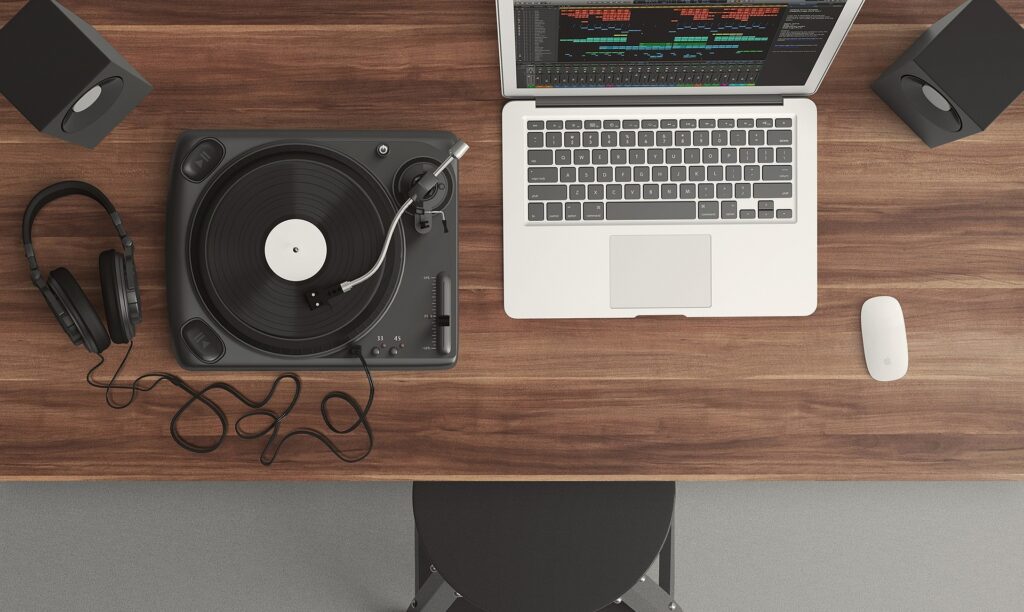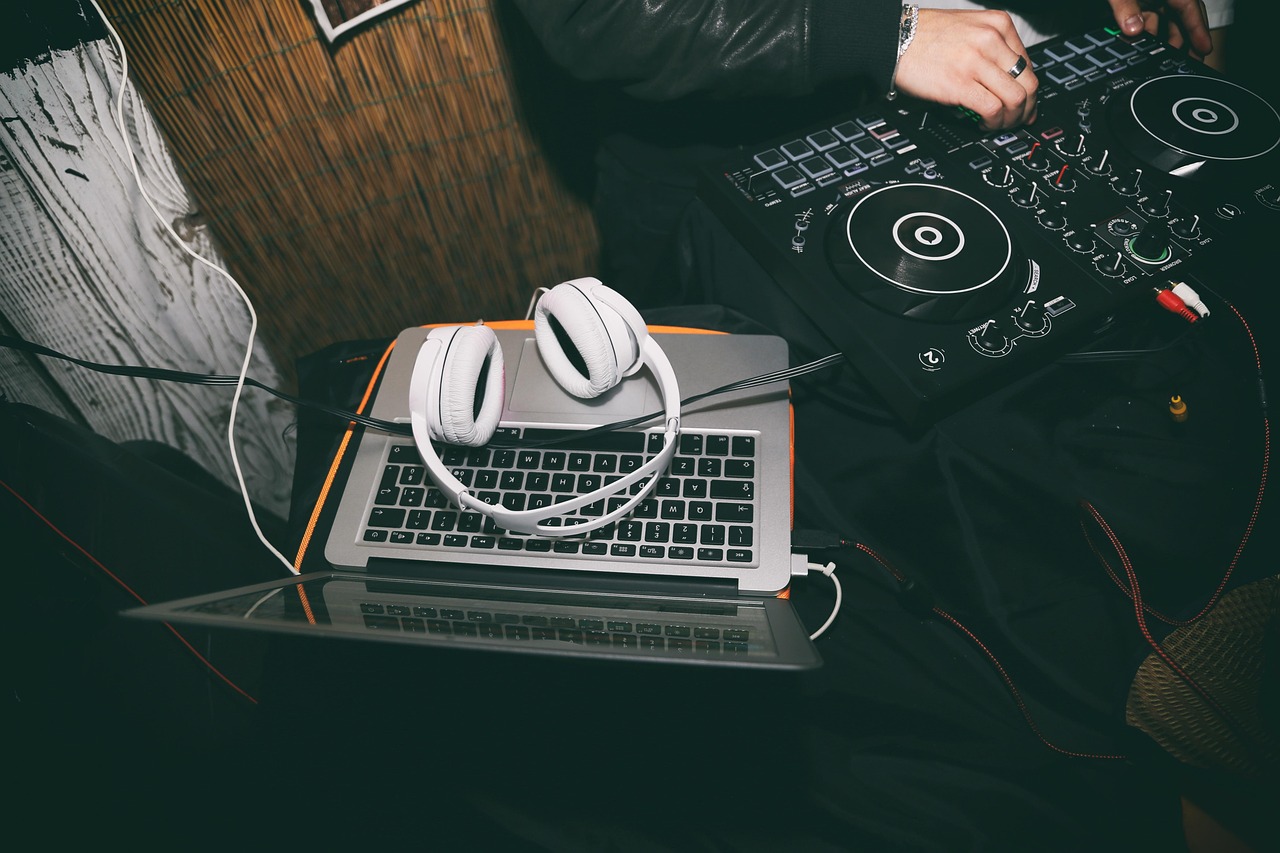Table of Contents
In the age of short attention spans, where reels and Instagram stories compete with long-form YouTube content, one element often decides whether your audience keeps watching or scrolls away: audio quality. While creators obsess over visuals, lighting, and transitions, poor audio can immediately ruin the viewing experience. For brands and agencies alike, audio is no longer just an accessory, it’s a direct driver of engagement, recall, and perception.
The Impact of Audio Quality
Recent studies show that videos with clear, high-quality audio see up to 30% higher retention rates compared to those with muffled or distorted sound. Nielsen research further emphasizes that audio not only sustains attention but also strengthens brand association, making jingles, sonic logos, and background tracks powerful marketing tools.

Take Coca-Cola’s campaigns: their iconic sonic branding ensures recognition even without visuals. Similarly, Netflix trailers with crisp sound design amplify excitement, drawing viewers into the story before a single frame appears.
Many creators believe audiences forgive poor audio if visuals are strong. In reality, the opposite holds true, viewers will tolerate less-than-perfect visuals but rarely stay engaged when audio is unclear or distracting.
Consequences of Poor Audio Quality
Bad audio doesn’t just frustrate viewers, it actively damages your content’s effectiveness:
- Weakened Brand Image: Viewers equate poor sound with lack of professionalism, eroding brand credibility.
- Decreased Engagement: Distorted music or unclear dialogue leads to skips, drops in watch time, and poor CTR.
- Lost Conversions: When messaging isn’t heard clearly, CTAs fail to land, directly impacting ROI.
Consider a campaign rollout where product details were delivered via voiceover. Poor audio mixing meant audiences missed critical information, resulting in confusion and low conversions despite high ad spend.

How to Improve Audio Quality
1. Invest in the Right Equipment
- Microphones: USB options like Blue Yeti or Rode NT-USB for creators; XLR mics like Shure SM7B for pro setups.
- Headphones: Closed-back headphones (e.g., Audio-Technica ATH-M50x) for monitoring.
- Mixers/Interfaces: Focusrite Scarlett series for budget-friendly professional audio input.
2. Optimize Recording Environment
- Record in quiet, echo-free spaces (soft furnishings, curtains, and rugs help).
- Use pop filters and mic stands for consistent, clean sound.
- Test levels before recording to avoid clipping or background hum.

3. Leverage Editing Software
- Audacity (free) or Adobe Audition (pro-level) for cleaning noise, balancing levels, and mastering.
- Basic techniques: Normalize volume, EQ to balance frequencies, and compress to maintain consistency.
4. Harness Sound Design & Music
Sound effects, transitions, and background music create depth and polish. For example:
- Ambient SFX make stories immersive.
- Royalty-free background tracks add emotional tone without copyright risk (platforms like Hoopr.ai and Hoopr Smash specialize in culturally relevant, copyright-safe tracks tailored for Indian audiences).
Case Studies
- Successful Example: A regional brand campaign integrated clean audio recordings with Bollywood-inspired background tracks. Result: 40% increase in CTR and higher viewer completion rates.
- Failed Example: A global FMCG ad reused a poor-quality VO track from a rushed studio session. Despite strong visuals, the campaign underperformed, viewers cited “unclear messaging” as a key issue in feedback.
The difference wasn’t budget, but the priority placed on audio.
Conclusion
Audio isn’t background, it’s the backbone of effective content. Whether you’re a YouTuber, an agency creative, or a brand manager, ignoring audio quality can undermine even the best campaigns. In contrast, investing in the right tools, environment, and post-production pays dividends in engagement, trust, and conversions.

